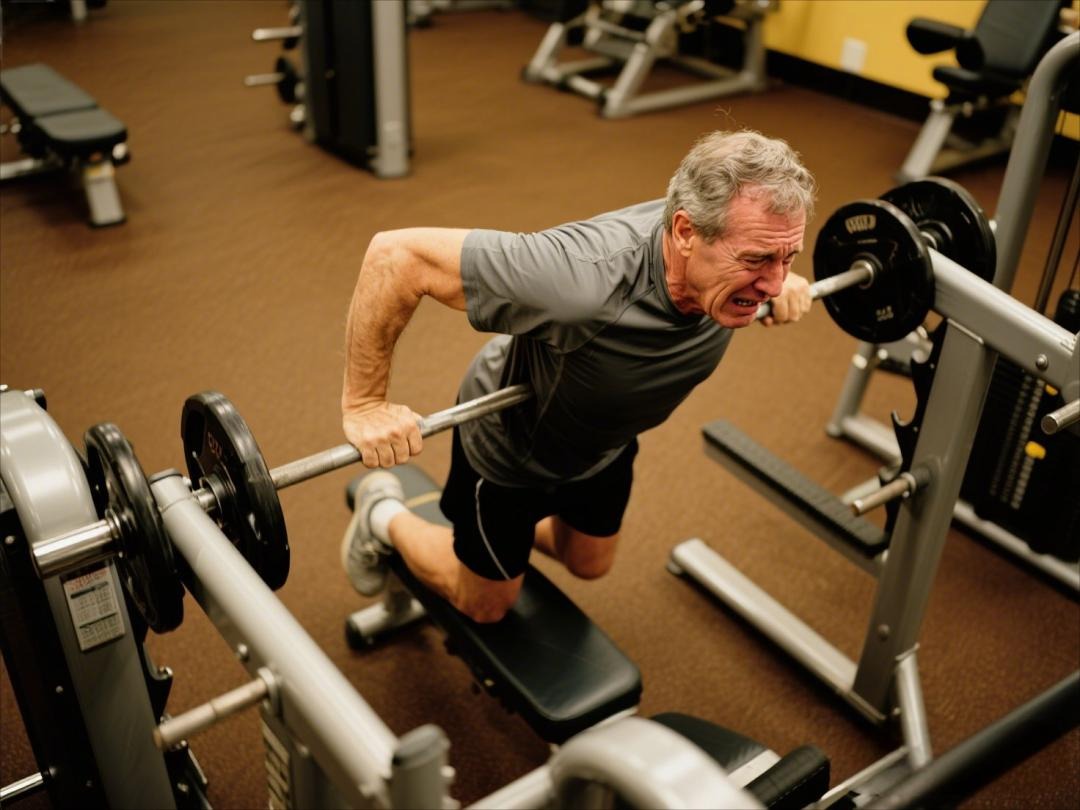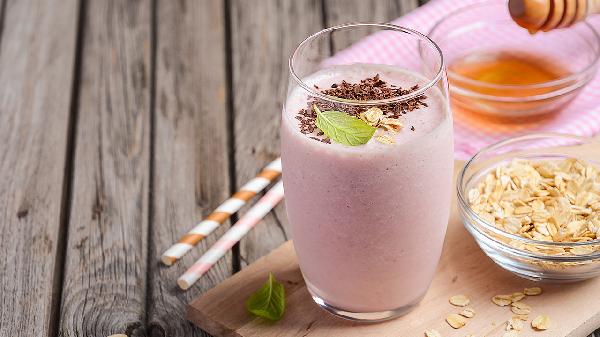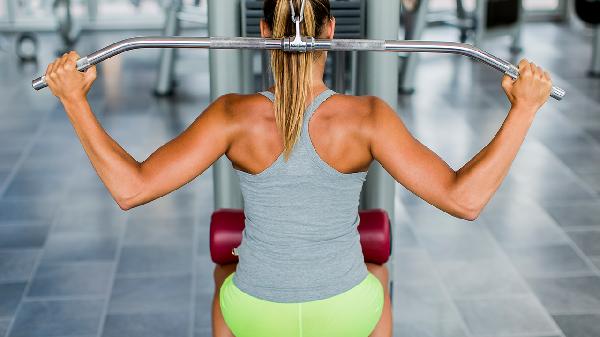If you're wondering whether your walk is fast enough to actually benefit your health, the answer is probably "pick up the pace, buddy." A brisk walk—somewhere around 3 to 4.5 miles per hour—is the sweet spot where you start reaping serious health rewards. Strolling like you're window shopping won't cut it if you're aiming for fitness gains, but you don’t need to power-walk like you’re late for a flight either. The key is finding that Goldilocks speed where your heart gets a workout without leaving you gasping for air.

Walking isn’t just about putting one foot in front of the other—it’s about how efficiently your body responds to the movement. A leisurely pace might burn a few calories, but a brisk walk engages your cardiovascular system, strengthens muscles, and even improves mental clarity. Research shows that walking at a speed of at least 3 mph (about 100 steps per minute) can lower your risk of heart disease, improve blood sugar control, and even help with weight management. If you’re barely breaking a sweat, your body isn’t getting the stimulus it needs to adapt and improve. Think of it like this: walking too slow is like idling your car engine—you’re burning fuel, but you’re not going anywhere fast.
Studies have pinpointed 100 to 130 steps per minute as the optimal range for moderate-intensity walking. That’s roughly the pace of a quick conversation—you should be able to talk, but singing your favorite song would be a struggle. If you’re hitting around 4.5 mph (about 135 steps per minute), you’re entering vigorous territory, which ramps up calorie burn and endurance benefits. The American Heart Association recommends at least 150 minutes of moderate-intensity exercise per week, and brisk walking fits the bill perfectly. The best part? You don’t need a gym membership or fancy equipment—just a decent pair of shoes and some motivation.
Not everyone has a smartwatch counting their every step, but you can still estimate your speed with some simple tricks. First, try the talk test: if you can chat comfortably without pausing for breath, you’re likely in the moderate zone. If you’re breathing hard but not panting, you’re in the sweet spot. Another method is counting steps—time yourself for 15 seconds and multiply by four. If you’re hitting 25+ steps in 15 seconds, you’re on track for a brisk pace. Landmarks work too—if you can walk a mile in 15-20 minutes, you’re in the ideal range for health benefits.
If your current pace feels more like a meander than a workout, don’t worry—you can build up speed gradually. Start by adding short bursts of faster walking (30-60 seconds) throughout your usual route. Over time, extend those bursts until your entire walk feels more energetic. Focus on posture—stand tall, engage your core, and swing your arms to help propel you forward. Walking uphill or on uneven terrain naturally forces you to pick up the pace while adding variety to your routine. And if you’re really serious, try interval walking—alternating between fast and recovery paces—to boost endurance and calorie burn.
Beyond the obvious physical perks, a quicker stride does wonders for your brain. Faster walking increases blood flow, which can sharpen focus and even reduce stress. Some studies suggest it may lower the risk of cognitive decline as you age. Plus, there’s a mental toughness aspect—pushing your pace builds discipline and confidence. And let’s be real, walking faster means covering more ground in less time, so you can fit fitness into a busy schedule without sacrificing results.
So next time you head out for a walk, ask yourself: Am I moving with purpose? If not, kick it up a notch. Your heart, muscles, and mind will thank you. And who knows—you might just find that sweet spot where exercise feels less like a chore and more like a daily dose of energy.
























